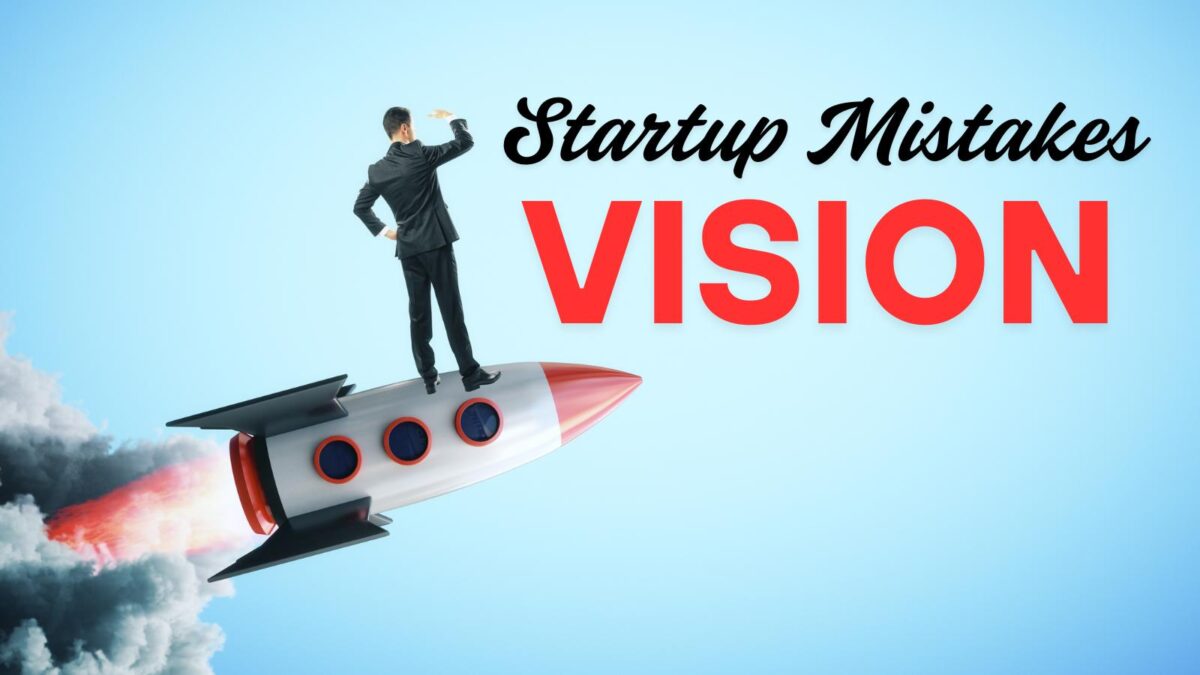Startup mistakes happen to many founders. Every startup has a secret vulnerability. You know it’s lurking beneath the surface, waiting to trip you up at the worst possible moment.
But identifying your weak spots early—and shoring them up—can mean the difference between a triumphant pivot and a catastrophic collapse.
Table of Contents
Mistakes Happen
Mistakes in startups aren’t just common—they’re expected. New founders are juggling a million tasks, and missteps happen when you’re trying to move fast. Maybe you hire too quickly and end up with team members who don’t fit.
Or you may invest money in marketing without fully understanding your audience. These errors can be costly, but they’re also survivable.
The key is spotting them early and adjusting. Don’t beat yourself up over mistakes. Learn from them, fix what you can, and keep going. Progress always beats perfection in the early days.
Let’s explore the common cracks in the foundation of new ventures and how you can turn them into strengths.
Vision vs. Reality
You launched with a grand vision. You saw a world transformed by your product. That dream is a powerful fuel.
But too often, founders cling to their initial ideas long after the market has spoken. Reality check: Customers don’t owe you loyalty. They want solutions that work.
- Test your assumptions. Run lean experiments.
- Embrace feedback. Seek brutal honesty from prospects.
- Iterate fast. Launch, learn, adjust, and repeat.
Avoid startup mistakes with your vision. Your vision should guide you, not blind you. Keep your eyes on the horizon but your feet firmly on the ground.

Financial Fragility: One of the Biggest Startup Mistakes
Cash is king. Yet, most early-stage startups hemorrhage funds faster than they can raise them. High burn rates and unpredictable revenue cycles create a precarious existence.
Here’s how to toughen your financial backbone:
- Build runway buffers. Aim for at least 12 months of operating capital.
- Prioritize revenue. Early sales—even at break-even—validate demand and buy time.
- Trim ruthlessly. Question every line item in your budget.
A startup that can survive a dry spell is one step ahead of the competition.
Product-Market Fit
Everyone talks about product-market fit like it’s an overnight miracle. The truth? It’s a messy grind and one of the typical startup mistakes.
You’ll pivot. You’ll rebrand. You’ll scrap features you loved. And you’ll do it all again.
To accelerate the process:
- Map the pain. Understand the real problems your users face and aim to fix them.
- Measure obsessively. Use data to drive decisions, not gut feelings.
- Celebrate small wins. Every user who sticks around is a victory.
Finding product-market fit isn’t luck. It’s relentless testing and adaptation.
Team Dynamics
A brilliant idea means nothing without the right people. Early hires set your culture. Misaligned values or poor communication can poison your team from within.
Strengthen your human capital by:
- Defining core values. Make them non-negotiable and hire people who live and breathe them.
- Hiring for fit and skill. Technical prowess is crucial, but so is emotional intelligence and value loyalty.
- Encouraging transparency. Create a safe space for tough conversations. Valuing loyalty is an essential part of the job.
- Pay your dues. When the time comes, reward those who shared your dream and made it happen—the team who stuck with you through the tough times.
Your team should be your fortress, not your weak link.
Operational Overhead Often Missed Business Startup Mistakes
Processes are double-edged swords. They bring order but can also stifle creativity. In the scramble to scale, startups often introduce layers of bureaucracy that kill agility.
Keep operations lean by:
- Documenting only what matters. Avoid manuals for the sake of manuals.
- Automating repetitive tasks. Free your team to focus on innovation.
- Reviewing quarterly. Trim obsolete workflows regularly.
Simplicity is your friend; complexity is your enemy.
Tech and Security
In our digital age, technology choices and security protocols are non-negotiable. A single breach can erode customer trust overnight.
Implement best practices:
- Use scalable, modular architectures.
- Conduct regular code audits.
- Train your team on cybersecurity basics.
- Consider tools like a VPN for secure remote access, ensuring your data travels safely, even over public networks.
Invest in tech resilience now, and you’ll avoid costly disasters later.
Marketing Myopia
You might think that a killer product sells itself. Spoiler: It doesn’t. Without a clear marketing strategy, your message will drown in the noise.
To sharpen your marketing edge and avoid startup mistakes:
- Define your audience. Speak directly to their needs and desires.
- Choose the proper channels. Test social, email, content, and paid ads.
- Tell stories. People connect with narratives, not bullet points.
Marketing is more than hype; it builds genuine customer relationships.
Adaptability
Change is the only constant in the startup world. What worked last quarter may flop tomorrow. Your ability to pivot, learn, and evolve determines your longevity.
Avoid startup mistakes and cultivate adaptability by:
- Building feedback loops. Customer insights should flow directly into your roadmap.
- Empowering your team. Encourage experimentation and accept failure as part of growth.
- Staying curious. Keep an eye on industry trends, emerging tech, and shifting regulations.
Adaptability isn’t a one-time event. It’s a mindset.
Conclusion: Common Startup Mistakes to Avoid
Every startup has an Achilles heel, but it doesn’t have to be fatal. By confronting your vulnerabilities—whether in vision, finances, product fit, team dynamics, operations, tech, marketing, or adaptability—you can transform them into pillars of strength.
Remember, the path to success isn’t a straight line. It’s a series of calculated risks, bold experiments, and continuous learning. Fortify your weaknesses today, and you’ll build a startup that survives and thrives.




